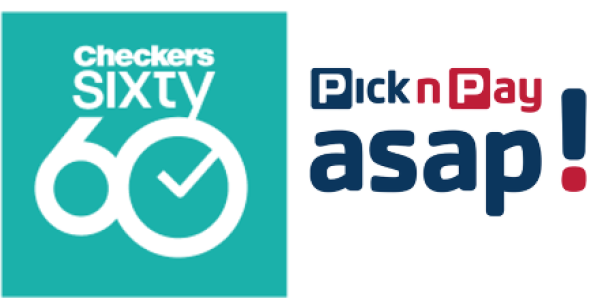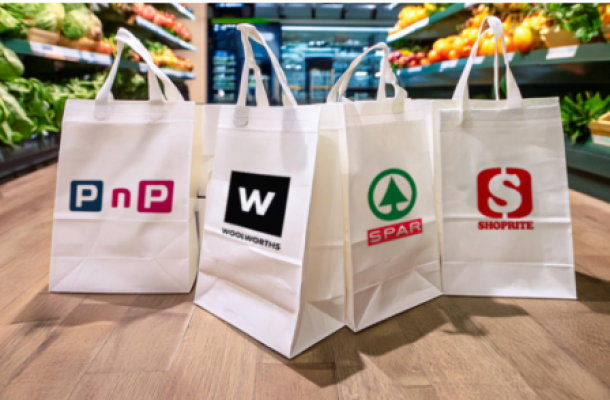Your friends may not always be your friends
If you’re a marketer and believe that your brand has 100% loyal consumers, you are sadly mistaken. This is according to SPARK Media and data backed by ROOTS 2016, Caxton’s urban community survey.
“We know from our affiliation and close dealings with marketing scientists at The Ehrenburg Bass Institute, the world’s largest centre for research into marketing, that buyer behaviour at an individual level is random, but that aggregated buyer behaviour can be predicted very accurately, as is the case in any random system,” says SPARK Media joint CEO Gill Randall.
ROOTS 2016 shows that of the 2,4 million purchase-decision makers (PDMs) who have shopped for shoes and clothing at Edgars, 40% have also shopped at Mr Price, Woolies (36%), Truworths (4%), Jet (21%) and Ackermans (18%).
“Every brand’s market comprises heavy, medium, light and non-users,” says Gill. “It also stands to reason that your customers are everybody else’s customers who sometimes buy from you. It all comes down to mental and physical availability and a brand’s ability to be thought of in a buying situation by as many people as possible on as many occasions as possible.”
She goes on to say that studies of hundreds of categories reveal that more than 50% of profits come from light buyers.
“Let’s take Coke as an example. 63% of profits come from people who drink just one Coke a year, simply because there are so many of them.
“Even in the banking sector, customers are shared with competitors,” she says. “27% of PDMS who have a bond with African Bank, have a Standard Bank savings account and 20% have a Capitec savings account. 12% of PDMS who have a bond with ABSA also have a FNB Cheque account and 19% of PDMS who have an ABSA student loan also have a FNB savings account.
As a result, Randall stresses that marketers shouldn’t profile brand users when planning their target market, but rather category users, for example coffee drinkers as opposed to Nescafé drinkers.
“Growth for a brand comes largely from acquiring new customers, as opposed to existing customers buying more often. So, mass reach of a category is much more cost effective than investing into frequency strategies with existing customers. That’s not to say that existing customers shouldn’t be in your sights, but never at the expense of finding new ones.”
“The irony is that heavy or regular users of any brand need less nudging to buy an already ‘salient’ brand.”
News Category
- International retailers
- On the move
- Awards and achievements
- Legislation
- Wine and liquor
- Africa
- Going green
- Supplier news
- Research tools
- Retailer trading results
- Supply chain
- Innovation and technology
- Economic factors
- Crime and security
- Store Openings
- Marketing and Promotions
- Social Responsibility
- Brand Press Office
Related Articles

Checkers Sixty60 wipes floor with Pick n Pay As...

Top tips for consumers to combat escalating ele...

Clear winner in South African retail battle

Drinks survey reveals Rooibos as a top choice a...


